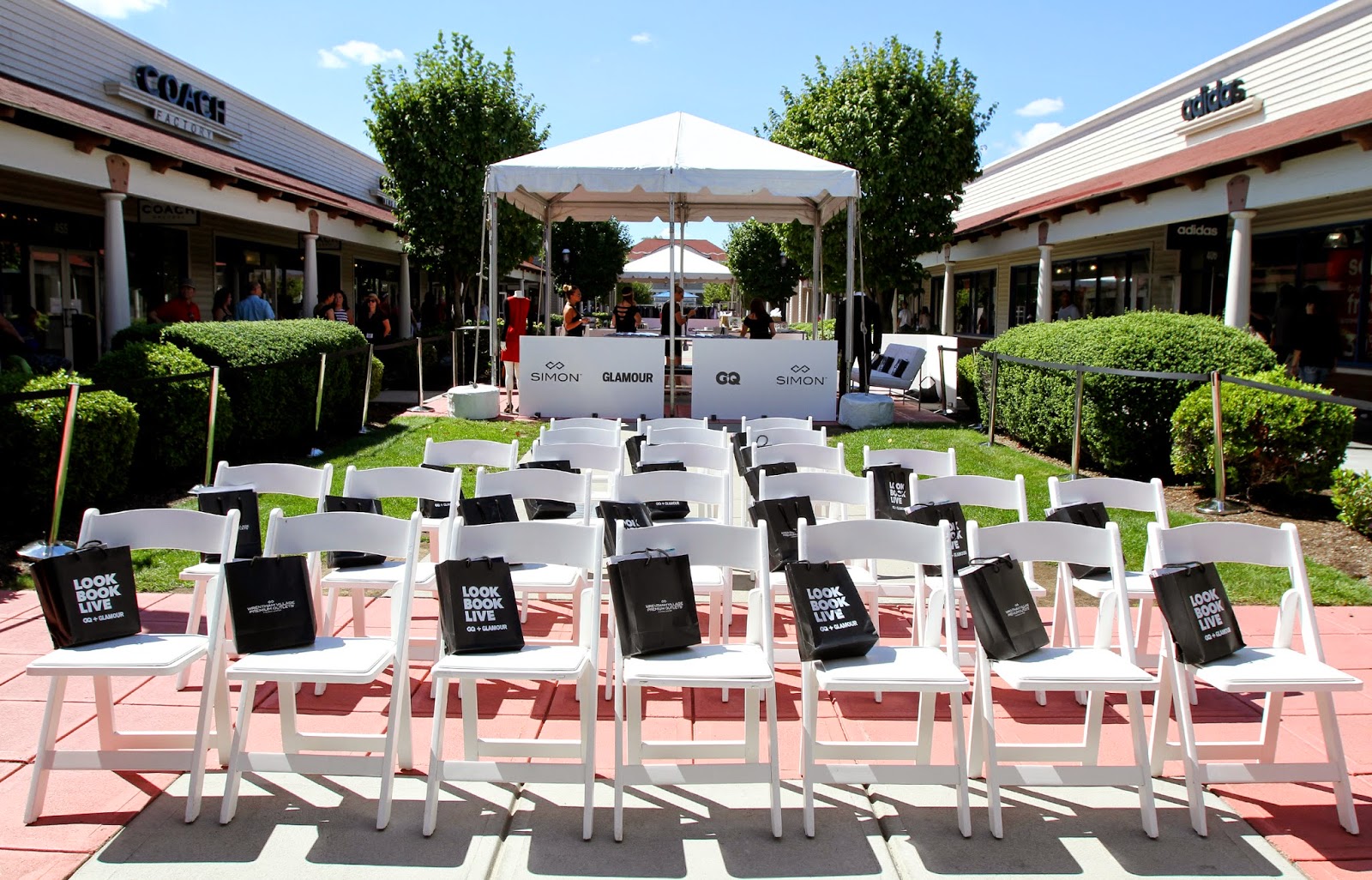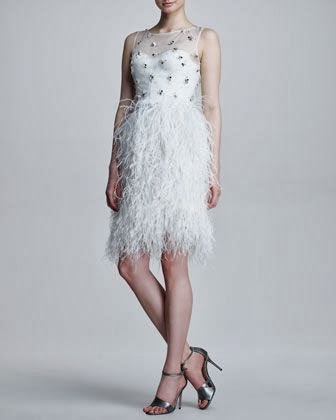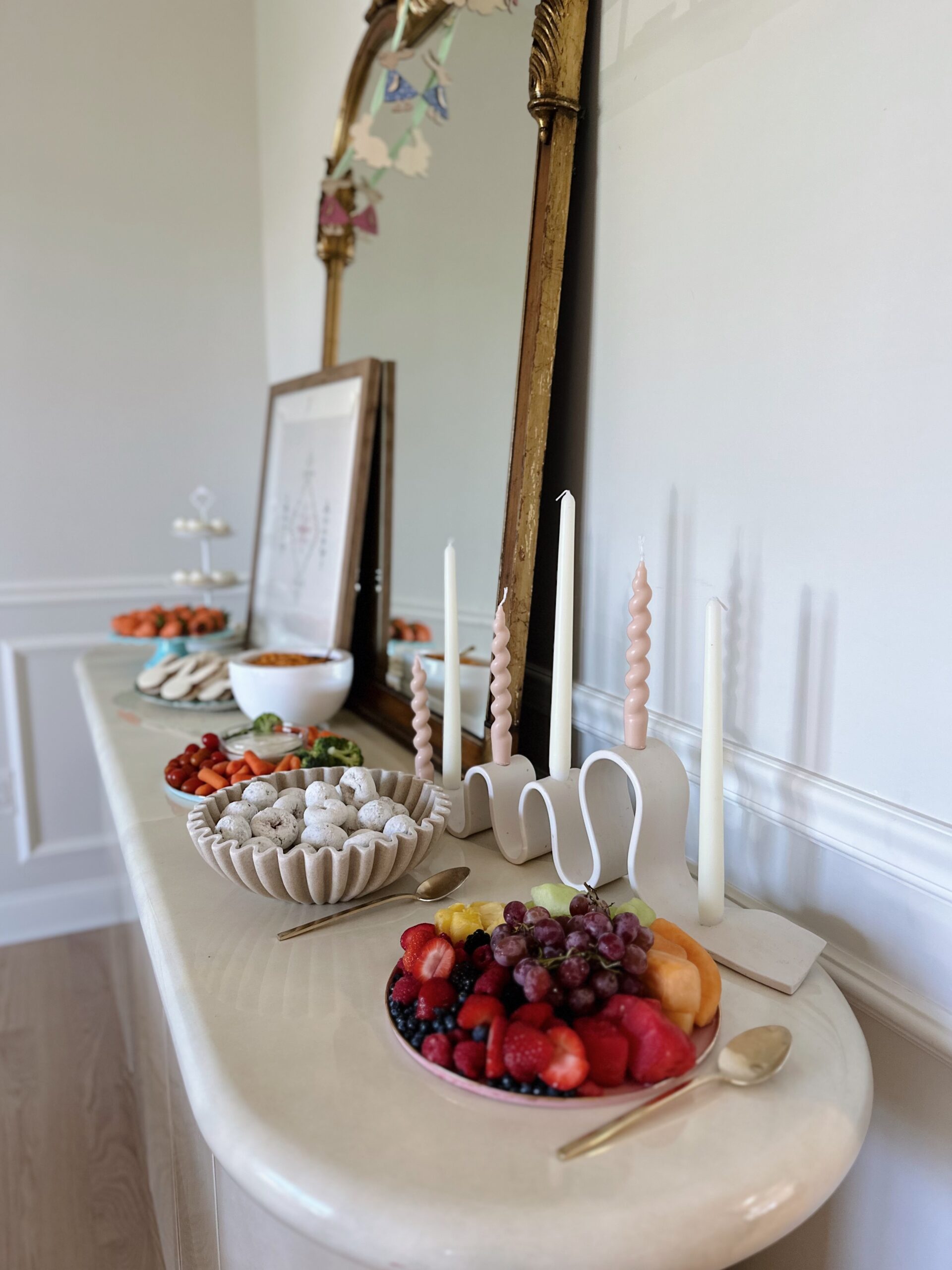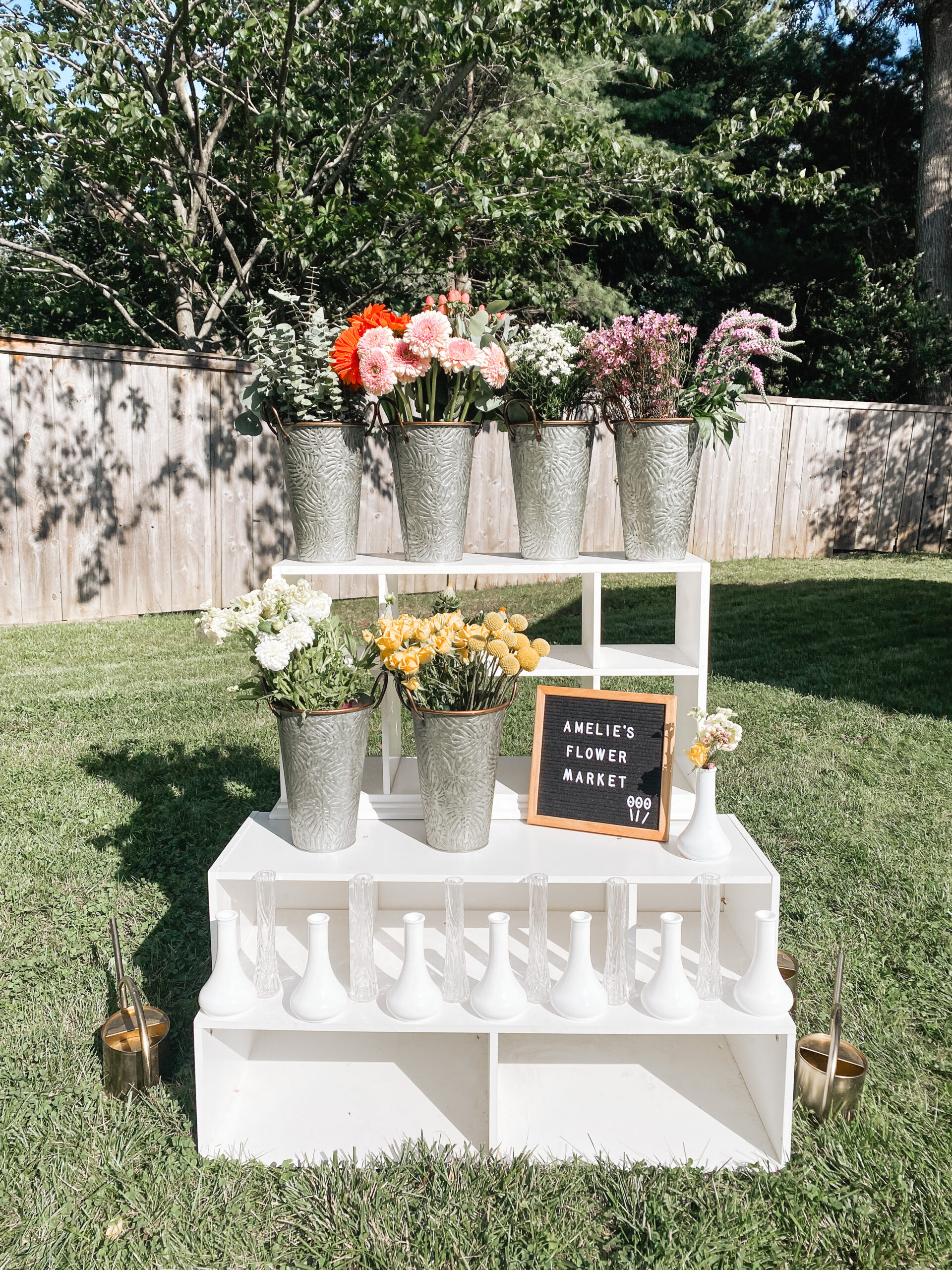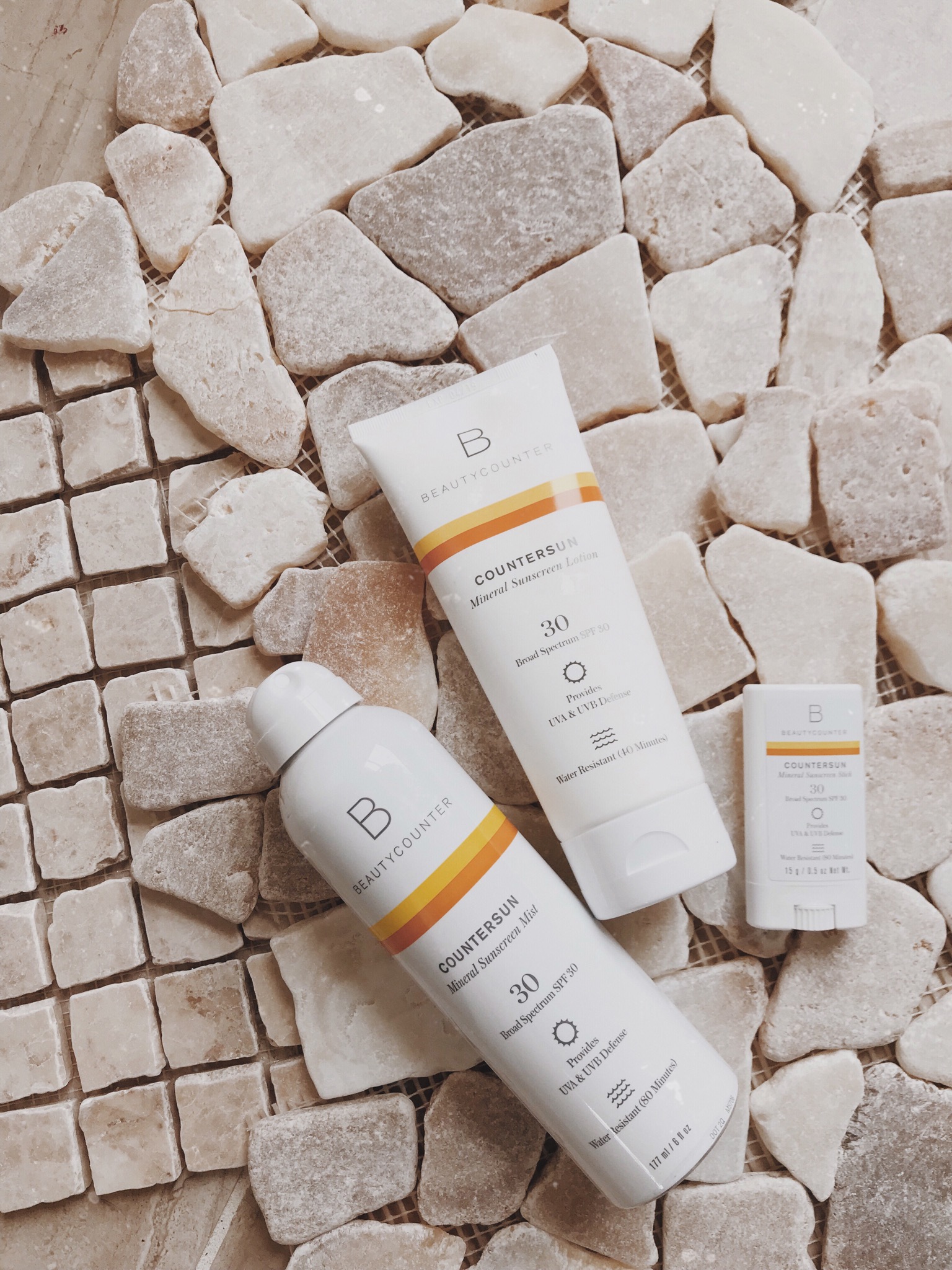
mineral sunscreen safety products: 30 SPF mist, 30 SPF lotion, 30 SPF face stick
Sunscreen seems to be a hot topic of the moment and not just because warmer weather is arriving. My personal progression from childhood to now went something like this: hate sunscreen when mom puts it on; don’t put sunscreen on; put tanning oil on; put tanning oil with sunscreen on; okay, put 15 SPF on. But over the past few months I’ve been doing research into sunscreen safety and discovering what ingredients matter. It’s incredible how having a baby can make you hyper-conscious in so many areas. Since our skin is the largest organ in the body it’s super important to pay attention to what it’s absorbing. So today we’re giving the low-down on fighting those coveted rays and keeping our natural, youthful glow.
Technology
There are three different types of rays that sunscreen should protect against: UVA, UVB, and blue light. There’s a lot of chatter nowadays about blue light coming from our electronic devices. While that’s true, it’s also true that blue light is not exclusively from electronics. So it’s important to have a lotion or mist that addresses all three.
Sunscreen falls into two categories: mineral and non-mineral (also known as chemical). Mineral sunscreen sits on top of the skin and physically deflects the sun’s rays. On the contrary, non-mineral sunscreen absorbs the sun’s rays and dissipates the heat off the skin using a chemical reaction. Those chemicals can have adverse health effects and often cause skin irritation. So mineral sunscreen is the preferred, safer option when choosing between these two types.
Ingredients
Most chemical sunscreens contain either Octinoxate or Oxybenzone. Those are the particles that contribute to its chemical reactions. Whether absorbed into the bloodstream or inhaled from misting, these can be hazardous to our bodies. Alternatively, safe sunscreen options will contain zinc oxide or titanium dioxide. The Beautycounter sunscreens pictured above are formulated with something called non-nano zinc oxide. Not to get too far into the science of things (after all, I’m no chemist over here), but essentially they’ve identified the correct particle size so that it won’t enter the bloodstream or respiratory system. That’s a win win situation.
Application
Up until recently I never understood the difference between SPF levels. Mostly I just assumed they had to do with timing for reapplication. But it turns out they correspond to percentage of UVB rays blocked. SPF 15 blocks 93% of UVB rays, SPF 30 blocks 97% of UVB rays and SPF 50 blocks 98% of UVB rays. So regardless of what level you use, here’s the application ‘how-to’ for maximum sunscreen safety.
- Apply 15 minutes before sun exposure
- Reapply 80 minutes after swimming or sweating, immediately after towel drying, and at least every two hours
I have two thoughts closing out this post. The first is that I’ve been allergic to any sunscreen over 15 SPF since I was eight years old. That is, I was allergic until trying this Beautycounter line. Clearly my body was reacting to the chemical components in non-mineral sunscreen. But until recently I never knew there was a better option! Secondly, skin cancer is the most common type of cancer in the United States. And any opportunity to prevent or diminish the possibility of that diagnosis is worth taking.
Please feel free to let me know if you have any questions about all of this. PLUS, pop over to my Instagram today for a GIVEAWAY! xx

